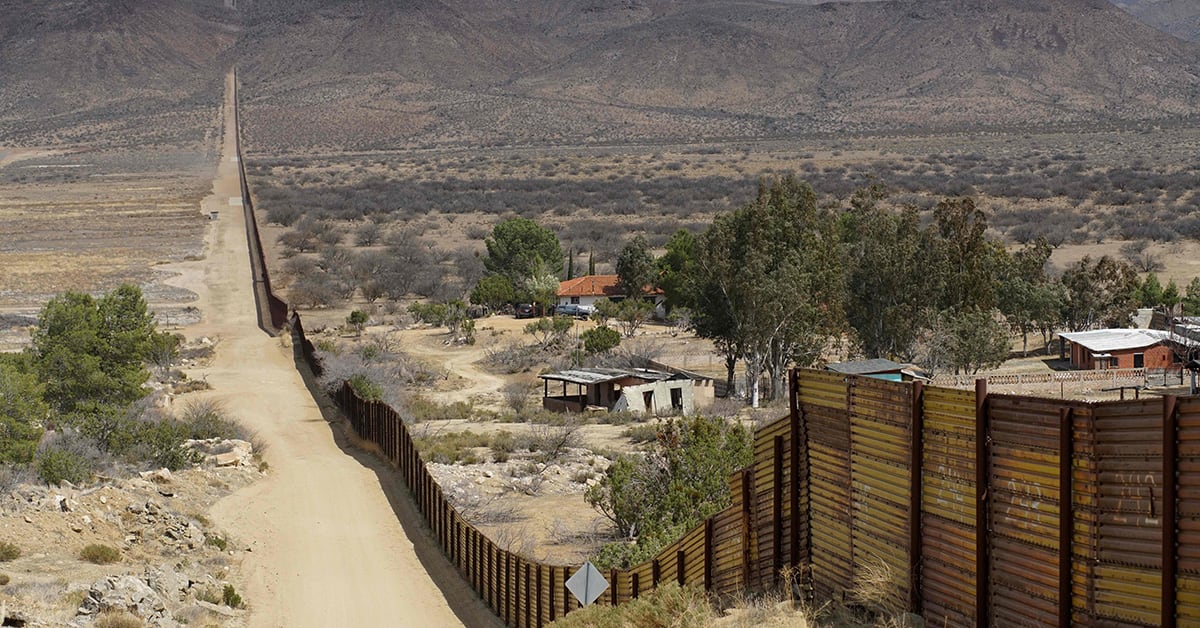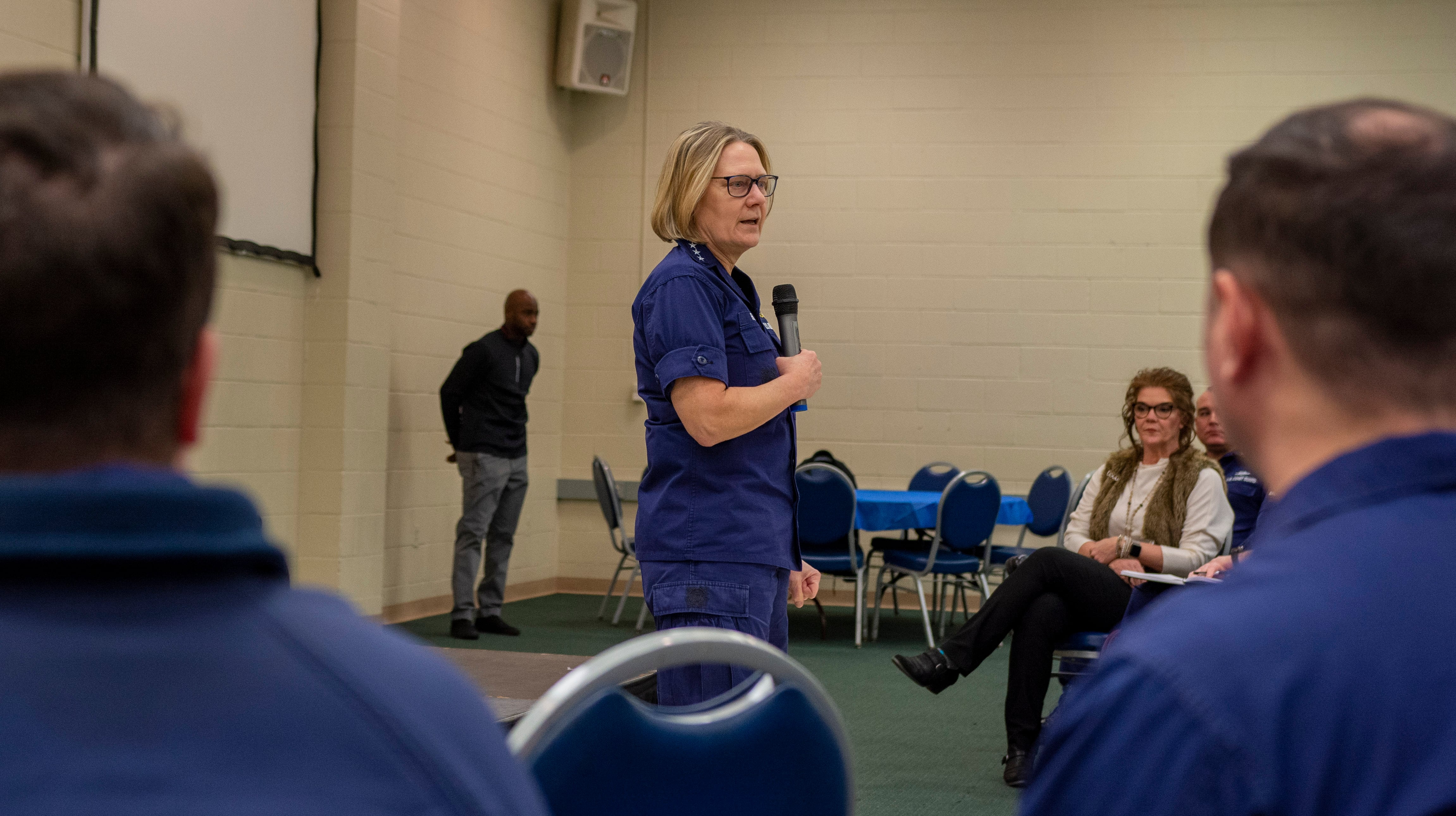Several schools and weapons ranges, as well as hazardous waste treatment, special operations and a host of other facilities are on the chopping block following Defense Secretary Mark Esper’s Wednesday decision to reallocate $3.6 billion in defense spending away from military construction projects in favor of helping build barriers along the US-Mexico border.
The delayed programs were chosen largely either because they were upgrades or replacements to existing facilities, a senior defense official told reporters in a Pentagon briefing Wednesday, or because their contract award dates are not scheduled for a year or more.
“What we have on the list are [recapitalization] projects, projects for which we have an existing capability that can last in a temporary way until we can get the backfill we’ve requested from Congress to complete them,” the official, who was not authorized to speak on the record, said.
In total, the list included 43 projects in 23 states ― two of which had been slated for cancellation ― along with 21 in three U.S. territories and another 63 in 20 partner nations abroad.
Now, they are all delayed in favor of 11 new projects that will make up 175 miles of new or reinforced border barriers, officials announced Tuesday.
“We’ve been given a lawful order by the president to respond to this crisis on the border, and we’re doing that,” the senior official said Wednesday.
The projects are evenly divided into $1.8 billion each of US (including territories) and overseas projects.
Over a dozen of those delayed projects were slated for hurricane-ravaged areas like Tyndall Air Force Base, Florida, as well as Puerto Rico and the U.S. Virgin Islands.
In Tyndall’s case, the senior defense official said, replacing a fire/crash rescue station was lower on the list of priorities versus the multi-billion dollar rebuild of the base following last year’s Hurricane Michael.
“Timing-wise it doesn’t make sense for us to build a fire rescue station immediately when we’ve got the whole infrastructure plan to build,” the official said. “When we discussed this project, we hadn’t had that hurricane yet.”
In the case of Puerto Rico and the Virgin Islands, their combined 13 projects are in support of Hurricane Maria relief, the official said, but are more long-term projects that wouldn’t have gotten underway until past fiscal year 2020, when the Defense Department intends to get its new border wall push off the ground.
“We’re fully committed to the recovery effort for Maria, and the projects on the list, we think, are not going to be delayed because of how far out in the future they are,” the official said.
Big-ticket items include:
- A storage facility at Ramstein Air Base, Germany, at $119 million.
- Bechtel Elementary School at Camp Mctureous, Japan, at about $95 million.
- A pier and maintenance facility in Bangor, Washington, at about $89 million.
- A storage facility at Royal Air Force Fairford, United Kingson, at $87 million.
- Spangdahlem Elementary School at Spangdahlem Air Base, Germany, at about $79 million.
A number of land and and air infrastructure projects in the United Kingdom, Hungary and Slovakia, part of an ongoing effort to deter Russian aggression in Europe, could also fall by the wayside in favor of the border wall.
‘No guarantees’
The Tuesday announcement created a backlash across Congress, as well as a call to provide the Pentagon that funding they have requested.
"The decision by the President to divert funding meant to support U.S. national security interests so that he can build a border wall only makes us less safe,” Sen. Mark Warner, D-Virginia, said in a statement addressing four projects on hold in his state. “Taking money away from our military – including funding to support critical projects here in Virginia – will mean we are less equipped to tackle threats here at home and abroad.”
Trump confirmed to reporters in the Oval Office on Wednesday that Esper has spoken with members of Congress to let them know of his decision and how it would impact their states or districts.
RELATED

“I think he felt good about it. He feels it is a national security problem. I do, too,” Trump told reporters. “When you have thousands of people trying to rush our country, I think that’s national security.”
Democratic lawmakers, who have refused to fund border wall projects, expressed outrage that the administration had gone around them to get a wall built, then asked for more money to fill in the gap created by the reallocation.
House Armed Services Committee ranking member Rep. Mac Thornberry, R-Texas, said in a Wednesday statement he regrets that the president had to use military funds for border construction.
“It is important that Congress now restore the military construction funding diverted for border security,” he said. "Failing to do so only forces our troops to pay for political discord in Washington.”
There are no guarantees, however, the official said. The Pentagon, in anticipation of this move, asked for $3.6 billion to cover these existing projects in its FY 2020 budget request, which would allow it to cover border construction and its existing plans.
“We’re very focused right now on working with Congress to get the back-fill that we’ve requested and we need,” the official said.
The hope, the official added, is that if Congress does not provide more funds, that at least for the overseas projects, the local governments will chip in.
“We have routine conversations with our allies and partners about burden-sharing in general,” the official said, and on Wednesday DoD policy officials reached out to those countries to specifically discuss the projects on the list.
“We have requested the full amount, but I think we also want to work with our partners to see if there’s burden-sharing possibilities,” the official said.
To check out all the proposed projects at risk of being delayed in the United States and its territories, click here.
For those projects overseas that are being shared with foreign governments, go here.
Meghann Myers is the Pentagon bureau chief at Military Times. She covers operations, policy, personnel, leadership and other issues affecting service members.





